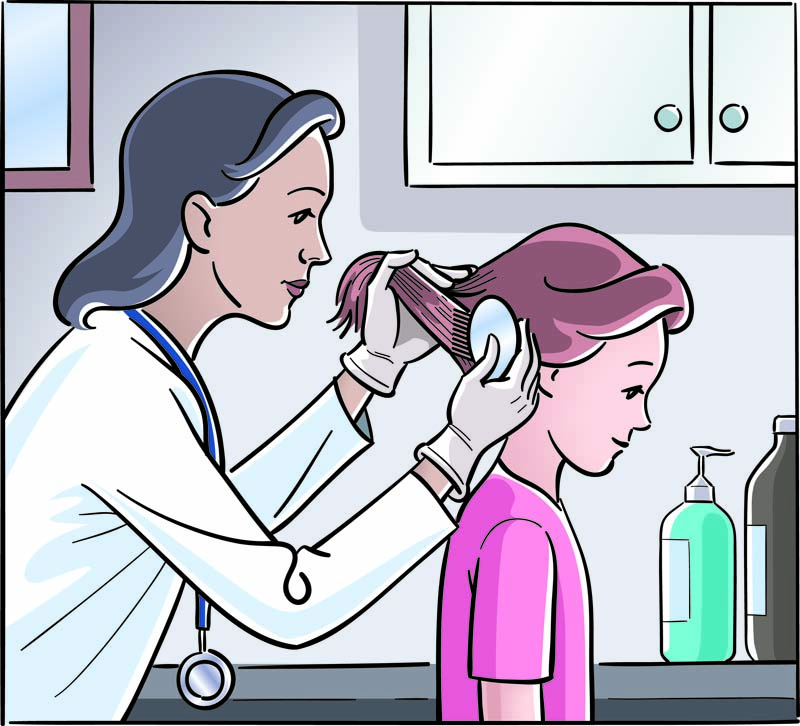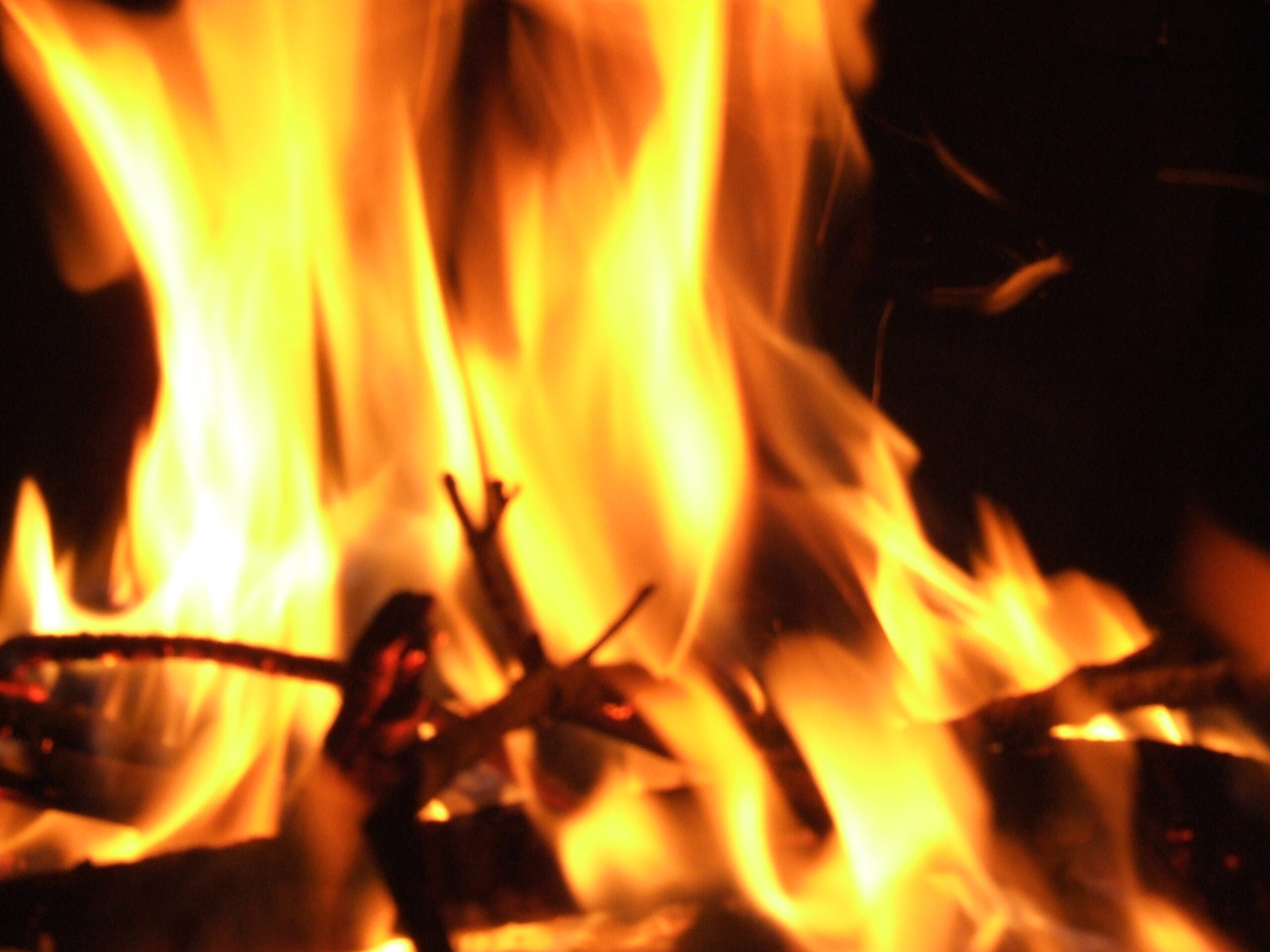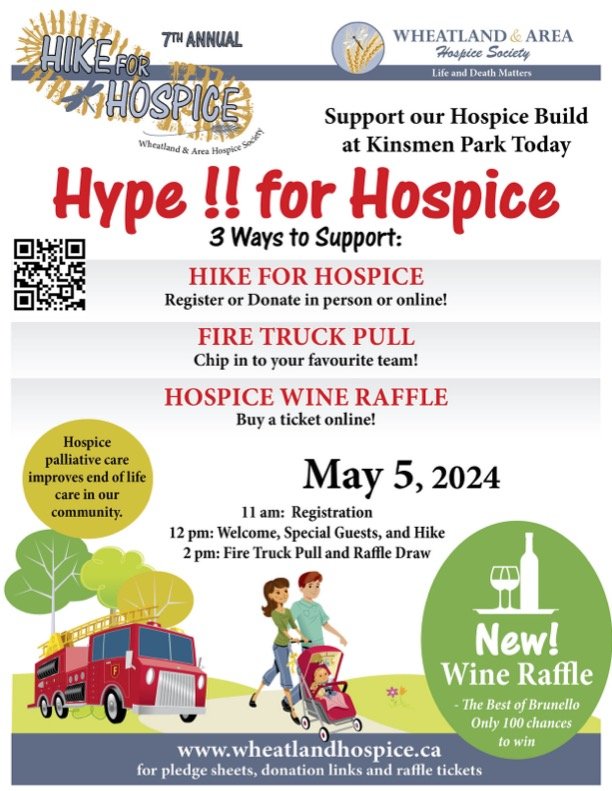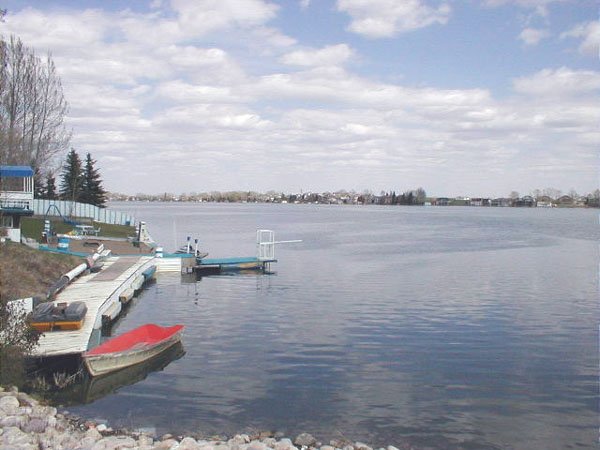With school back in session, parents sit back and wait for that dreaded notice that will eventually come home with the beginning sentence notifying you that a child in your son or daughters class was found with lice. You’ll then be given some instructions on how to check your child and preventative steps….and you will then search your child’s head like a crazy person and get that scratchy and itchy feeling.
So, what exactly are lice? According to MyHealth.Alberta.ca, lice are tiny insects that live on humans and feed on blood. When a large number of lice live and multiply on a person, it is called an infestation. Head lice are usually found in hair, most often on the back of the neck and behind the ears. Head lice are common in preschool and elementary school-age children. Adults can get them too, especially adults who live with children.
Adult head lice are approximately the size of a sesame seed [2.5 mm (0.1 in.) to 3.5 mm (0.14 in.)] and can vary in colour from white to brown to dark grey. Louse eggs (nits) are much smaller [1 mm (0.03 in.)] and look like light grey or brown oval cylinders glued to individual hair shafts. Head lice spread easily from one person to another through close bodily contact or through shared clothing or personal items such as hats or hair brushes. A louse cannot jump or fly – that is a myth according to MyHealth.Alberta.ca
So how do you know your child has brought these nasty hitch hikers home? Head lice may not cause any symptoms at first but can then cause itching on the scalp after a few weeks or even months after lice have spread. Scratching the scalp can then cause tears in the skin and which can then get infected and a crusty scabs may appear on the scalp. To fully confirm it is a case of lice, seeing your doctor is a good idea as they can look closely through your child’s hair for live lice or eggs.
Of course, these tiny monsters will not go away on their own so taking quick and proper action to treat the lice and prevent them spreading is crucial. The most commonly method of treatment is an over the counter cream, lotion or shampoo. You put it on your scalp to kill the lice and eggs – pretty simple. In some cases, a second treatment is needed to make sure they were all wiped out – if that doesn’t work, you should see your doctor. Apparently, these critters can be pretty stubborn and resistant to treatment so if you see active lice 48 hours after treatment, treat again with a different product.
And just because you only found them on the head of someone in your family, don’t think they stopped there. It’s very important to wash clothing and bedding in hot water to ensure they haven’t nestled into those comfy items. Combs and brushes should also be cleaned or thrown out and replaced with brand new ones.
So you’ve treated the lice and they’re all dead and gone, but the social shaming of kids that have had this misfortunate occurrence can last longer than you’d think. As sweet as kids usually are, there will always be those select few that will catch onto something like this and tease and torment the child that, of no fault of their own, had the lice. KidsHealth.org reports that “because lice are parasites, they will set up house on anyone’s head, whether that person is clean, dirty, in second grade, in fifth grade, black, or white. Anyone who says that people who get lice are dirty doesn’t know that lice love everyone and that includes the cleanest kid in the class! Lice spread in classrooms and schools because kids play together closely and often share more stuff than adults do”.
So as we are teaching our children to not share their hair brushes and not to let other kids try on their new stylish hat, perhaps sharing with them how to be compassionate to a fellow student that might have lice should be part of that conversation.
If a case of lice is discovered at a Rocky View School, what is the procedure? I contacted School Board Trustee Bev LaPeare who said, “Head lice falls under the Public Health Act like other communicable diseases such as measles, whooping cough etc. All the guidelines for how schools manage these situations are guided by the public health nurse in the area. The Public Health Nurse will send out, via the principal, information regarding the outbreak. Outbreaks are much more common in Elementary Schools and the principals are used to working with Public Health to manage the situation. Alberta Health usually provides a sample letter for principals to send out to parents. Parents are always encouraged to talk to their Public Health Nurse or their doctor for recommendations as to how to prevent and treat head lice as well as to get clarification of the many common misconceptions regarding head lice”.
If you suspect your child may have lice, please let their teacher know so that the school is made aware and can alert other parents. Although we teach our children to share, let’s keep the hairbrushes and hat sharing to a minimum and hope for a lice free school year.
Ugh! Lice…

It's Just A Matter Of Time
In response to Canada's Online News Act and Meta (Facebook and Instagram) removing access to Canada's local news from their platforms, Anchor Media Inc encourages you to get your news directly from your trusted source by bookmarking this site and downloading the Rogue Radio App. Send your news tips, story ideas, pictures, and videos to info@anchormedia.ca.







